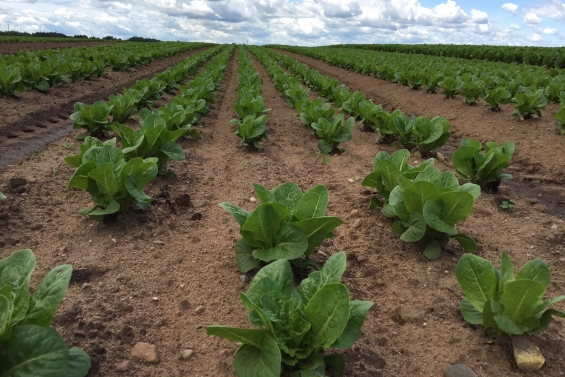In 2016-2017 assoc. Professor doctor Jūratė Aleinikovienė (ASU Agronomy faculty) and senior laboratory assistant Loreta Surginienė (ASU Agronomy faculty) conducted the study – „THE ASSESMENT OF PROBIOTIC MIXTURES ACTIVITY AND QUALITY“. The study was carried out in year 2016 (April June and September November) in couple stages:
I stage – to determine the biomass density of active microorganisms in water solutions of samples,
II stage – to assess microorganism variety and quantity according to searched microorganism list.
III stage – to determine quantitative probiotic mixtures’ parameters as well as evaluate the effectiveness on leaf lettuce productivity (Lactuca sativa L.).
In order to evaluate microbiological activity and quantitative parameters there were used different organogenic and chemical composition probiotic mixtures: FRIABLE PLANT PROBIOTIC (PLANT PROBIOTIC S100) and NATURAL SAPROPEL (LAKE MIDULIS).
THE OUTCOMES OF THE TRIALS:
1. It is likely that in case of inserting probiotic mixtures to soil the organic matter quantity would increase and when the number of microorganisms and their activity increase organic matter would mineralise thus increasing humus fraction.
2. It was noted that probiotic mixtures improve microorganism biomass development and the ferment activity of microscopic mushroom.
3. In natural sapropel, which has more organic substances (over 60%), organic matter can be decomposed longer, thus ensuring greater microorganism activity. Suitable microorganism activity can be ensured in probiotic mixture, which has 46,8% of insoluble organic matter.
4. Natural sapropel, which increases microorganism activity can be noted as a mixture, which suits multifunctional various micro biotic decomposing.
5. After conducting microorganism composition trials, friable Plant Probiotic mixture consisted of fermentative active and important symbiotic bacteria for root level (Bradyrhizobium), and prevalent organic substance decomposing saprophytic bacteria (Pseodomonas, Rhodococcus). Natural sapropel consisted of organic matter decomposing and important saprophytic root level actinobacteria (Actinomyces), prevalent organic substance decomposing saprophytic bacteria (Bacillus), specific fermentative active saprophagus symbiotic bacteria (Verminephrobacter).
6. The greater effectiveness of leaf lettuce was stated in friable Plant Probiotic mixture. In this mixture leaves formed 6-7 leaves, whereas in sapropel and mineral soil, which was watered by liquid Plant probiotic the lettuce formed only 4-5 leaves. In comparison, in mineral soil the lettuce even changed the pigmentation.
You can see the original letter here

